More than 25 million Americans visit Washington, DC each year. Most come to enjoy the magnificent monuments, take a guided tour of the White House and see other buildings where history has been, and is, made.
Fewer venture beyond the major tourist attractions to find often-overlooked sites and neighborhoods filled with hidden gems that guidebooks might ignore or pass over too quickly. Yet these below-the-radar places help to bring to life the city’s past and its important role in the history of the United States.
As a Native Washingtonian, I delight in introducing visitors to buildings, gardens and other sites that many people miss but which enhance an introduction to my home town. These lesser-known but no less intriguing collections can add to the enjoyment, and education, of sightseers.
The Folger Shakespeare Library houses the largest collection in the of world of books, manuscripts, art and other objects related to the man who known as the Bard of Avon, and the greatest poet of all time. Interactive opportunities include creating a Shakesperean scene, and setting type for printing.
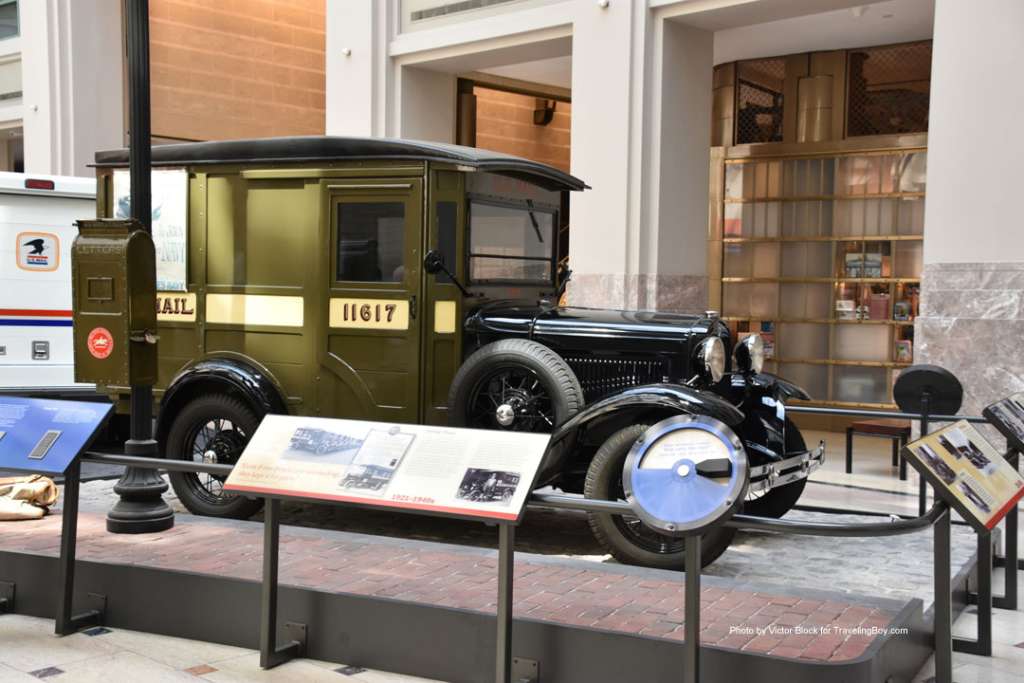
Exhibits at the Post Office Museum include an early mail delivery truck, the replica of an 1851 stagecoach and more than 20,000 stamps.
Learn the history of transport as you stroll along the tree-shaded sidewalks surrounding the Walking Museum of Transportation. Interpretive panels, life-size elements of transportation and other features serve as an outdoor museum which traces developments from early tires to airplane propellers.
Historic houses scattered around Washington double as mini-museums. Abraham Lincoln spent more than one-quarter of his presidency at a cottage which served as a haven from the pressures of the White House. It was there that he wrote the first draft of the Emancipation Proclamation.
Tudor Place, which was built in 1805, contains more than 18,000 decorative objects, including the largest George Washington collection outside of Mount Vernon. Among key moments in American history that took place there were visits by the Marquis de Lafayette, the French general and politician, and Robert E. Lee. The garden at Tudor Place, which has its start in 1805, is comprised of both formal European-style plantings and an English-style landscape.
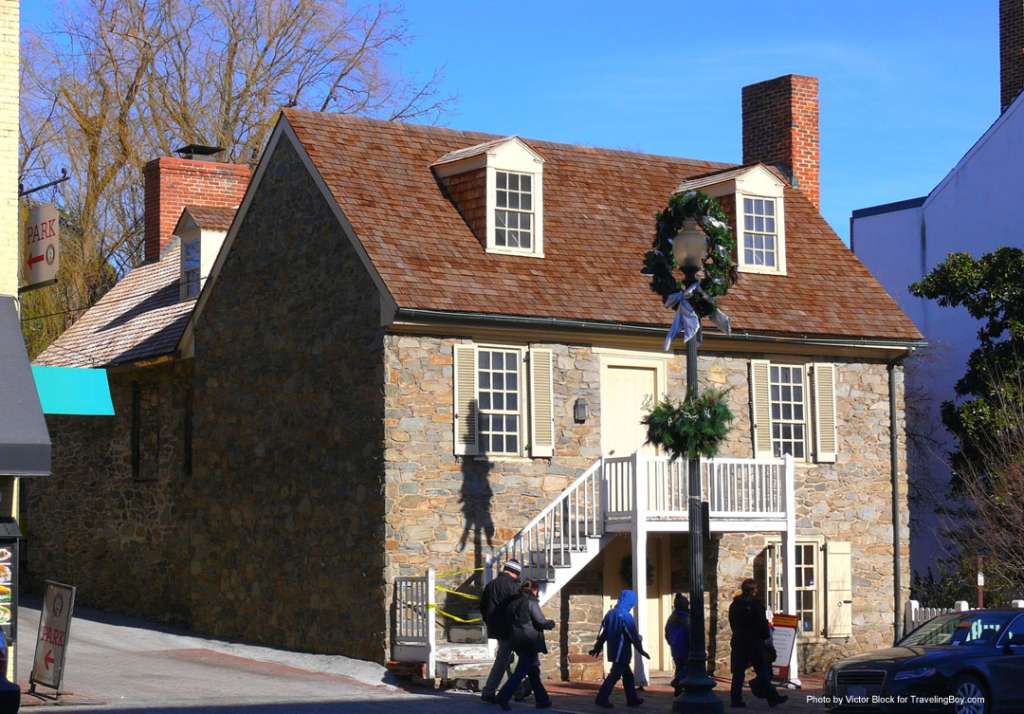
The Old Stone House, believed to have been built in 1766, is the oldest structure on its original foundation in the city The walls, built of granite and fieldstone which came from a nearby quarry, are up to three feet thick, Plantings which are reminiscent of an English garden, a type of landscaping dating back to the early 18th century, add color to the setting.
Those flowers provide just a hint of other, much more elaborate floral displays that grace the Washington area. The U.S. National Arboretum sprawls across 451 acres of rolling forested terrain. Its gardens range from North American native plants to collections from China, Japan and Korea. Among numerous other groupings are a bonsai museum, historic roses and an herb garden. The National Grove of State Trees represents the 50 states and the District of Columbia.

One of Washington’s most notable and unusual landmarks is the National Capitol Columns which, after a somewhat challenging history, are on display at the National Arboretum. Those Corinthian sandstone pillars were supposed to support the iron dome of the U.S. Capitol but because the copula that ultimately was built was much larger than had been designed, they could not fulfill their intended purpose. Today 22 of these graceful posts are on display in an open meadow.
Kenilworth Park & Aquatic Gardens is a National Park Service site nestled near the banks of the Anacostia River It’s home to a wide variety of plant life once native to the region before urban sprawl took the surrounding land. They include 150 species of plants, rare water lilies and lotuses.
The Franciscan Monastery is surrounded by lavishly planted gardens which are divided into two areas. The formal flower layout is adjacent to the church, while a more naturally designed area is dotted by replicas of shrines from the Holy Land. Flowering dogwood, cherry and tulip trees provide a colorful backdrop to the scene.
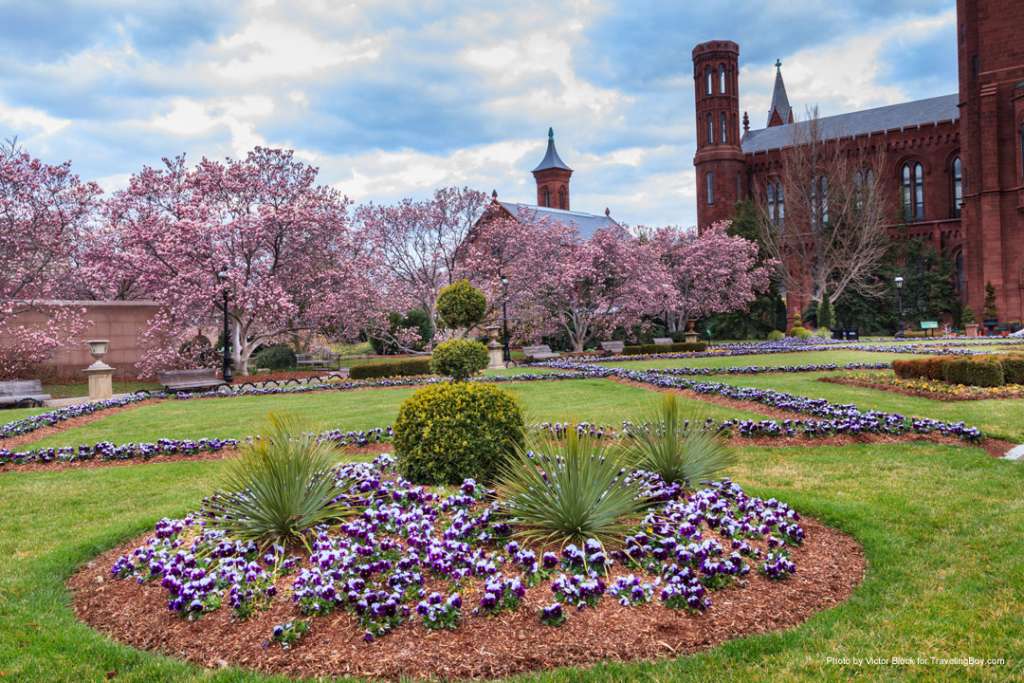
Another garden would be noteworthy for its location alone. Wandering along brick paths, admiring hanging baskets and enjoying the sound of splashing fountains, visitors to the four-acre Enid A. Haupt Garden often are surprised to learn that sprawls over the roofs of three Smithsonian Institution museums. The spread is composed of a Parterre, Moongate Garden, and Fountain Garden. Their design is intended to he represent the cultures and architecture of the buildings below.
A garden hidden in plain sight on rooftops, an often-overlooked museum which traces the story of transportation in the United States and historic homes that relate interesting chapters of the nation’s past are among places that visitors to Washington, DC often miss. That’s a shame because they help to bring to life stories worth telling, and knowing.
For more information log onto washington.org.
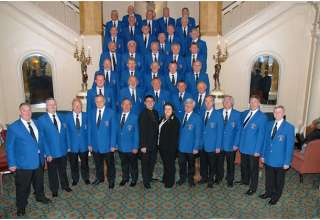
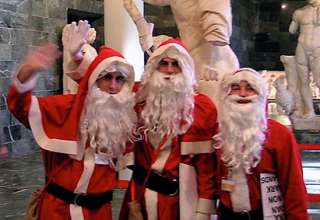

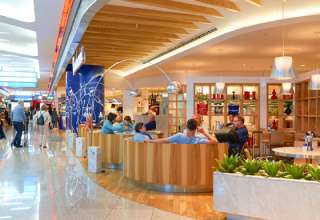
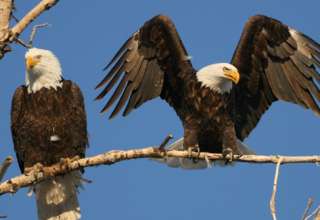
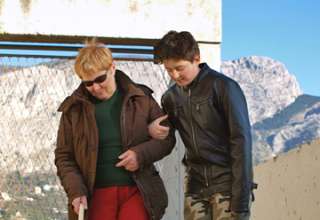






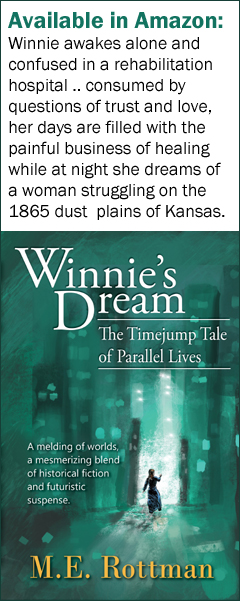




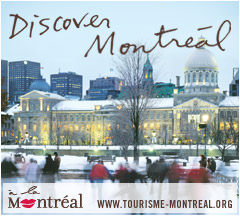

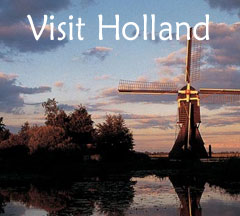
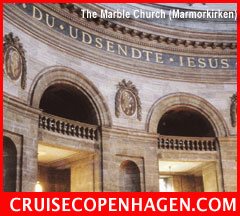
















Saul
December 2, 2025 at 10:45 pm
Yes, Washington below the radar. Many secrets here.
– Saul
Justin
December 2, 2025 at 10:50 pm
Good article.
Someone should do an article about all the tunnels underneath. I’m sure there are quite a few.
I also noticed, when I went there, that Google Maps doesn’t show some of the buildings I saw with my naked eyes. Very suspicious activity probably going on there.